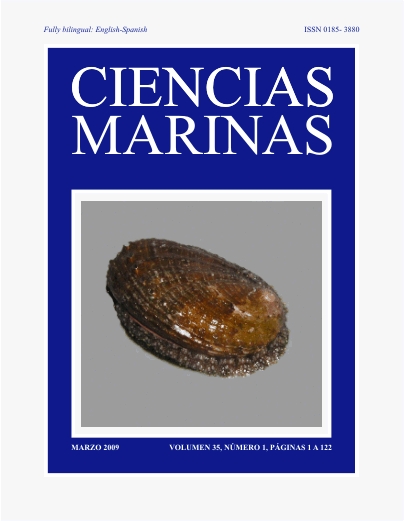Phenanthrene and nitrite effects on juvenile sea bass, Dicentrarchus labrax, using hepatic biotransformation enzymes, biliary fluorescence, and micronuclei as biomarkers
Main Article Content
Abstract
Aquatic organisms may absorb organic compounds mainly from water and by ingestion of contaminated food. The toxicity of such compounds may be intensified by the presence of certain inorganic compounds such as nitrite (NO2–). In order to evaluate the effect of phenanthrene (PHE), a polycyclic aromatic hydrocarbon, in the presence and absence of NO2–, juvenile sea bass, Dicentrarchus labrax L, were exposed to PHE i.p. and to NO2– in water, and several endpoints were measured at days 1, 3, and 6 of exposure. Sea bass exposed to PHE exhibited lower hepatic 7-ethoxyresorufin O-deethylase (EROD) activity as compared to the control group. The activity of the phase II enzyme, glutathione S-transferase (GST), was similar in all the groups of fish. The concentration of PHE metabolites, determined as fluorescent aromatic compounds, was nearly 14 times higher both in the presence and absence of NO2–, showing that even at low EROD activities this PAH is metabolized. The presence of micronuclei was observed to be significantly higher only in sea bass treated with PHE alone, suggesting that different PHE metabolites, without genotoxic properties, were formed in the presence of NO2–.
Downloads
Article Details
This is an open access article distributed under a Creative Commons Attribution 4.0 License, which allows you to share and adapt the work, as long as you give appropriate credit to the original author(s) and the source, provide a link to the Creative Commons license, and indicate if changes were made. Figures, tables and other elements in the article are included in the article’s CC BY 4.0 license, unless otherwise indicated. The journal title is protected by copyrights and not subject to this license. Full license deed can be viewed here.

